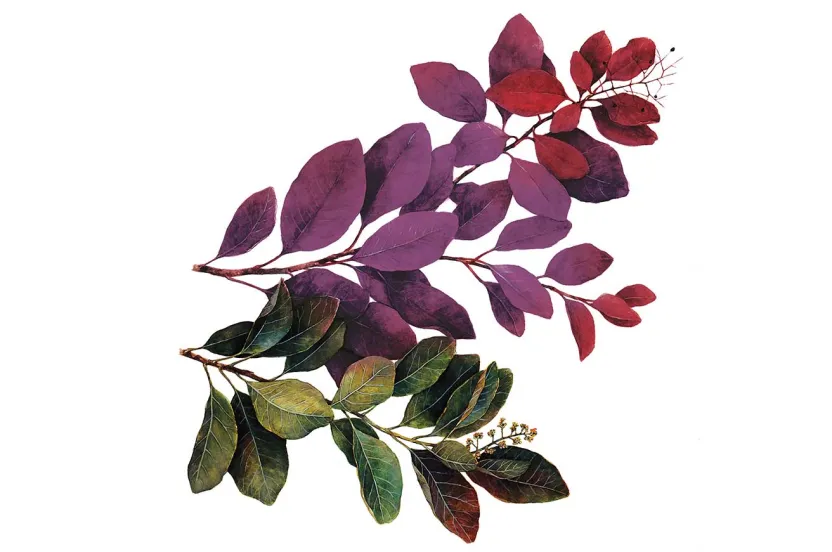Now live: The 2025 Canopy Report. Learn how Americans see trees. GET THE REPORT
Ilex opaca
The American holly tree has been popular since the beginning of American history, having served Natives with wood for different applications and berries that were used for buttons and barter. It was said to be a favorite of George Washington, and more than a dozen hollies he planted are still evident today. The first scientific observation of the American Holly tree was recorded in 1744.
Holly sparked spiritual status and a place in traditions dating back to ancient Rome and Saturn, the Sun God. Romans used holly to ward off lightning strikes, and they often included it as a decoration when giving gifts. Druids hallowed the evergreen plant, appreciating its greenness in the drab winter landscape. To them, holly became a hair ornament and outdoor home decoration that offered woodland fairies a place of shelter.
Early Christians borrowed the holly traditions when Christmas became established around the same time in the annual calendar as winter solstice. They saw a crown of thorns in the plant and the red drops of Christ’s blood. When colonists came to America shortly before Christmas of 1620, they were delighted to find the American version of the English holly they left behind. Eventually, the use of holly around Christmas became more popular after the release of The Night Before Christmas around 1822. By 1851, it was reported that 250,000 bunches of holly boughs were sold annually.
Holly sprigs are widely known as the everlasting symbol of Christmas cheer. But holly as a tree offers much more. American holly has captivated plant lovers since the days of the Pilgrims. It is such an appealing tree that Delaware adopted it as the state’s official tree.
It lends unique beauty to the landscape all year long, provides cover and food for birds, and has been developed into more than 1,000 cultivars by enthusiastic holly buffs.
In the Landscape
American holly is highly versatile in the landscape. It can be used as a specimen tree or the focal point of attention. It can be grouped to provide a dense corner planting or backdrop. It also makes a great tree for parking lots, buffer strips, sidewalk, and street plantings, and as a screen for privacy or to block unsightly facilities. As a hedge, it provides a nearly impenetrable barrier both visually and physically.
The tree has leathery dark-green leaves and red berries that are popular with wildlife including quail, wild turkeys, and other songbirds. It’s slow growing, but provides nice privacy as it matures, reaching up to 50 feet (hardiness zones 5-9). It’s encouraged to plant multiples of four or more to allow for cross-pollination to produce the red berries.




